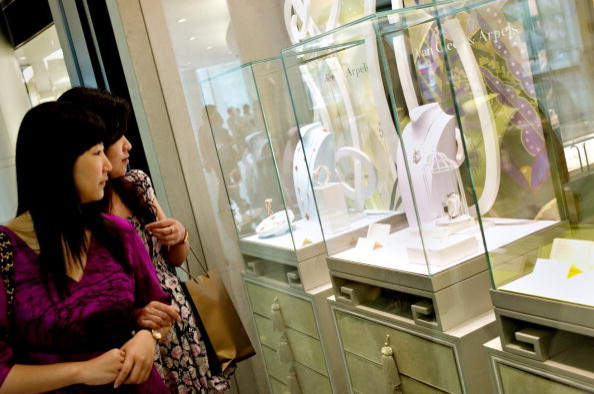China's Richest 20% Make 67 Times More Than Its Poorest 20%, Benefiting Largely From Gray Income, Now 6.2 Trillion Yuan Or 12% Of China's GDP

China’s untracked, unofficial income, known as “gray income,” has reached 6.2 trillion yuan ($1.01 trillion), or 12 percent of the nation’s GDP, according to the latest survey. The average income of the richest 20 percent of Chinese households is 67 times the average income of the poorest 20 percent, owing in large part to such unaccounted-for sources, highlighting the dire state of China’s growing income inequality.
The 2012 survey from the China Research Foundation for Economic Reform, a nonprofit and nongovernmental institution based in Beijing, covered 5,344 urban families in 18 provinces and municipalities. Previous surveys were completed in 2007 and 2010, the Caixin, a Chinese news outlet, reported on Sunday.
The results from the CRF study, when compared with the annual study of urban household income from the National Bureau of Statistics, shows how significant China’s gray income, which is not accounted by the NBS, has become, especially for the wealthiest 10 percent. The CRF shows that the top 20 percent of high-income urban Chinese households take 72 percent of the total shadow income.
The so-called gray income may have any number of origins, from bribes for corrupt officials and under-the-table deals between merchants to monetary gifts bestowed upon doctors and nurses, according to NPR.
Compared to the previous CRF survey in 2010, the discrepancy between the CRF and NBS results is also widening, which implies more families now have sources of gray income and that corruption has expanded to a wider sector of society.
In the cities, the wealthiest 10 percent make about 20.9 times the income of the lowest 10 percent, less than the amount in 2007 survey (26 times as much) but still far more than the NBS’ estimate of 8.6 times. Once rural residents are factored in, however, that gap explodes: The top 20 percent of urban earners make on average 67 times the average income of the bottom 20 percent of rural earners, according to the Caixin.
In terms of the Gini index, which measures income inequality on a scale of 0 to 1, where higher values mean higher inequality, China’s index number, according to this latest survey by the CRF, is 0.496 for urban households, much higher than the NBS figure of 0.324, and even higher than the U.S.’ figure of 0.475. There is no reliable Gini that incorporates rural residents, but it must bring the figure up even more, and China may have one of the highest income gaps in the world.
© Copyright IBTimes 2024. All rights reserved.





















